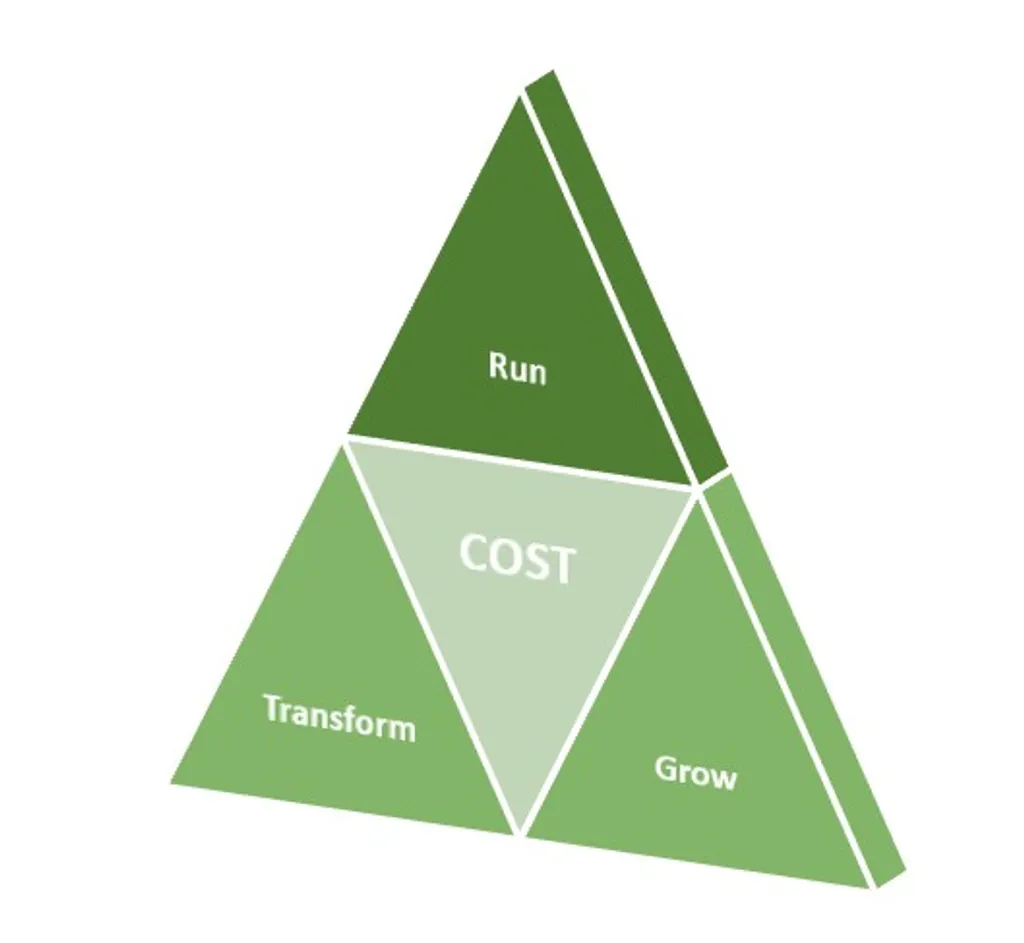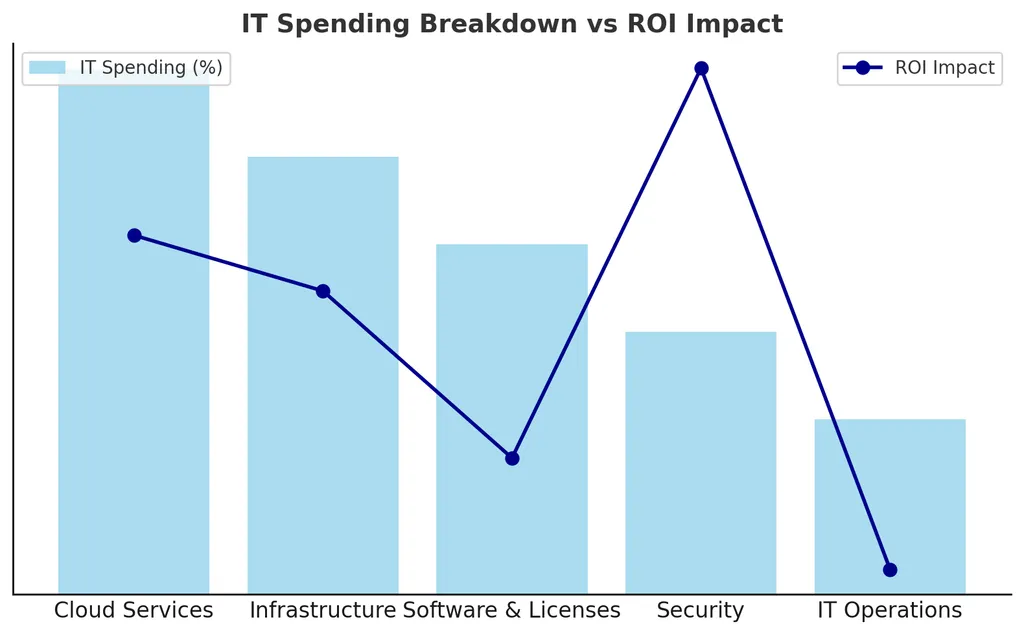 Beyond Budgets – How IT Cost Control Drives Strategic Decision-Making
Beyond Budgets – How IT Cost Control Drives Strategic Decision-Making IT cost control is often viewed as a budgeting exercise—but in reality, it’s a strategic lever for business transformation. When approached correctly, cost control becomes a tool for prioritizing investments, improving operational efficiency, and fueling innovation. In this post, we explore how IT leaders can use cost control to align IT spending with broader business goals. ## Introduction Many IT departments face the challenge of "doing more with less." The pressure to reduce spending while delivering greater value is constant. However, cost control isn't about slashing budgets—it's about spending smarter. When managed strategically, IT cost control unlocks new opportunities, enhances visibility, and enables better decision-making at every level. ## 1. Visibility is the Foundation of Control You can’t control what you can’t see. The first step to IT cost control is gaining end-to-end visibility into where money is going. - Use ITFM (IT Financial Management) tools to track costs by service, application, or department. - Tag and categorize cloud and infrastructure spending. - Build dashboards that show real-time budget vs. actual spend. ## 2. Classify Spending Into Value Buckets Not all IT costs are equal. Categorize spending to identify: - Run costs (keeping the lights on) - Grow costs (scaling services and improving user experience) - Transform costs (investing in innovation and new capabilities) This framework helps leaders align spending with business outcomes and redirect funds from low-value to high-value initiatives. ## 3. Control Cloud & SaaS Sprawl Cloud is one of the largest—and most variable—IT cost drivers. - Right-size instances, remove unused resources. - Review SaaS subscriptions—many are unused or duplicated. - Implement FinOps practices to bring financial accountability to cloud teams. ## 4. Vendor Strategy as a Cost Lever Vendors can be strategic partners—or a drain on budgets. - Consolidate vendors where possible. - Renegotiate contracts with performance-based incentives. - Regularly benchmark pricing and SLAs against competitors. ## 5. Cost Control Enables Innovation Strategic cost control frees up budget to invest in new technologies: - AI, automation, and analytics to improve decision-making. - Edge computing and IoT in data-driven environments. - Cybersecurity and compliance investments to reduce long-term risk. ## Conclusion Cost control is more than just cost-cutting—it’s an essential discipline for aligning IT with the business. When cost transparency, value alignment, and strategic decision-making come together, IT leaders can drive transformation and innovation while maintaining financial discipline. Smart IT cost control turns financial pressure into a competitive advantage


